电线电缆同轴电缆信号传输特性的计算公式
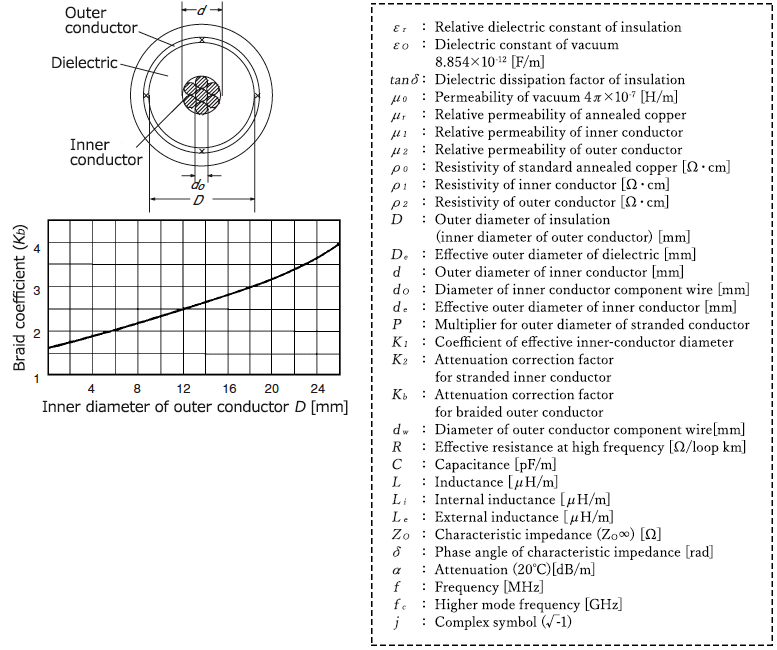
a) Effective Outer Diameters of Inner Conductor and Dielectric
The signal transmission characteristics of coaxial cables are generally calculated for the ideal concentric-cylinder-type cable as shown in the figure on the left. However, most coaxial cables have an inner conductor consisting of stranded wires and an outer conductor of braid or served shield, thus requiring the calculation to obtain effective outer diameters of both inner conductor and dielectric.
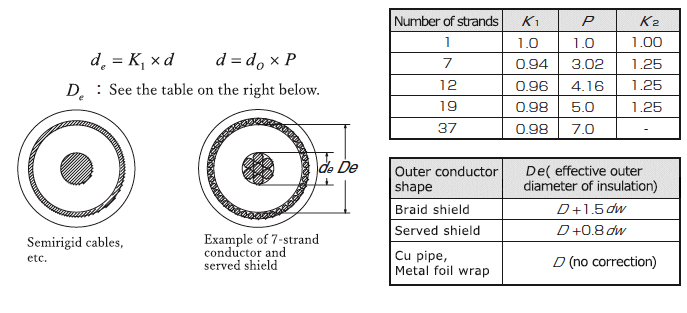
b) Effective Resistance at High Frequency

c) Capacitance

d) Inductance
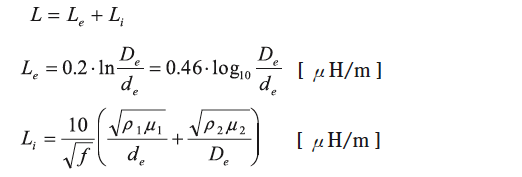
e) Characteristic Impedance
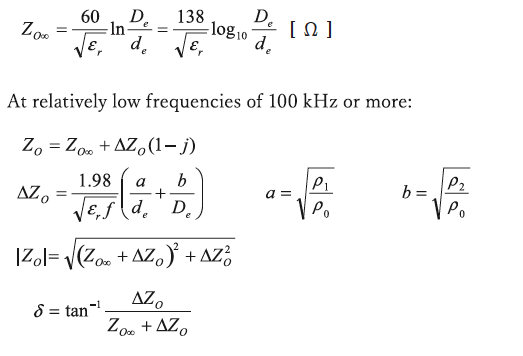
f) Higher Mode Frequency (Cut-Off Frequency)

g) Attenuation
-
When inner or outer conductors are silver-plated or bare annealed copper
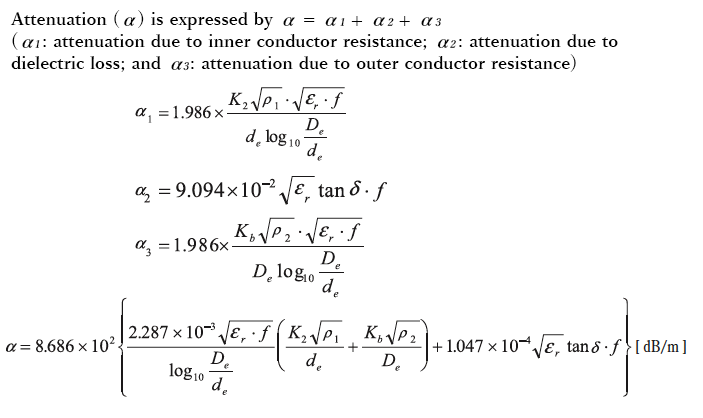
-
Correction for temperature (t℃) other than 20℃

-
Correction to be made when inner and outer conductors are tin-plated (Sn thickness 0.8μm) annealed copper

-
Correction to be made when inner conductor is copper-covered steel wire
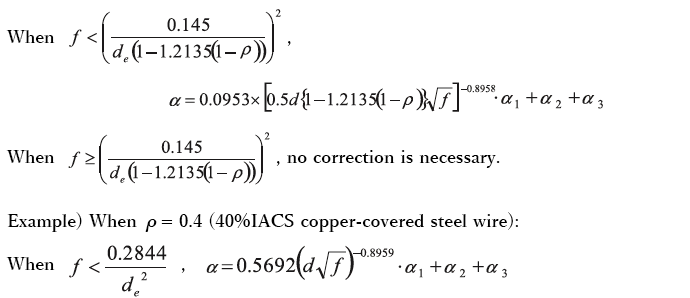
- When coaxial cables have the same dimensions, as the dielectric constant of the insulation becomes smaller, capacitance decreases, characteristic impedance increases, and attenuation decreases.
- As the ratio of the insulation diameter to the inner conductor diameter (D/d) increases, capacitance decreases, and both inductance and characteristic impedance increase.
- When the conductor is stranded wire, capacitance decreases and characteristic impedance increases (compared to a solid conductor cable).
- As the conductor permeability and volume resistivity increase, inductance increases.
- As the dielectric constant and dielectric dissipation factor increase, or volume resistivity of conductor increases, then attenuation increases. As frequency increases, attenuation increases almost proportionally to √f.
